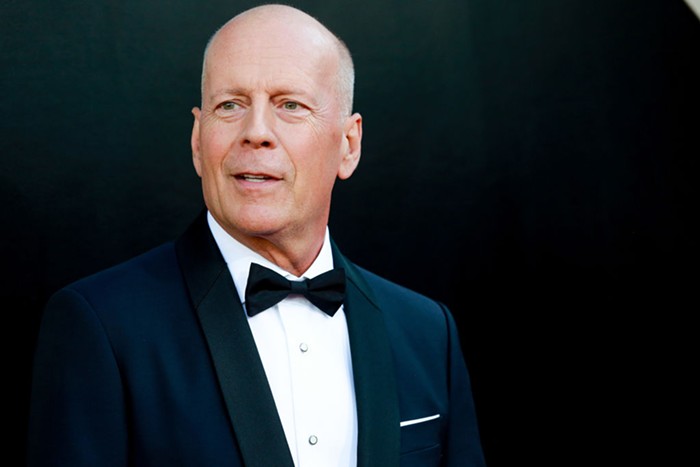"A KITCHEN TABLE makes little sense without gravity, but all long-duration spacecraft have them," pop science writer Mary Roach notes in Packing for Mars. "Crews want to sit around the kitchen table at the end of the day to eat and talk and feel normal and forget for a moment that they're hurtling utterly alone through the blackness of a deadly vacuum." The overwhelming inhospitality of space—and the inventive ways humans have found to counteract it—is part of what fascinates Roach. "Humans don't belong in space," she simply writes. "Everything about us evolved for life on Earth."
But that hasn't stopped us from going, and in Packing for Mars, Roach—who's delved into other under-explored topics with books like Stiff: The Curious Lives of Human Cadavers and Spook: Science Tackles the Afterlife—gamely explores how humans have forced themselves to adapt. Whether she's taking a ride on NASA's "Vomit Comet," a modified McDonnell Douglas C-9 military transport jet that flies in parabolic arcs, so as to let its often nauseated passengers experience weightlessness, or watching The Uranus Experiment (parts 1, 2, and 3) to determine if pornstar Silvia Saint is the first person to have "weightless intercourse," Roach's goofy humor and genuine inquisitiveness make her a perfect guide. True, much of Packing for Mars has all the gravity of a glorified Wired article, but it's consistently engaging stuff—as when Roach is observing prospective Japanese astronauts as they're asked to make one thousand origami cranes (cranes that are then carefully analyzed for imperfections), or offering reassuring footnotes ("The best way to survive in a falling elevator is to lie down on your back"; "No one is excluded from the astronaut corps based on penis size").
More than anything else, Roach is fully aware of the weirdness of space travel—what interests her is the human element, not the technology. Sure, the science is here—it's terrifying to find out just how malleable our organs are when our bodies are being buffeted about at phenomenal speeds—but it's also rad to read about less quantifiable concerns, such as how difficult it is for astronauts to use the bathroom in space, as evidenced by rogue pieces of shit floating ominously around the Apollo 10 cabin. ("Here's another goddamn turd," Lunar Module Pilot Gene Cernan says in that mission's official transcript. "What's the matter with you guys?")
Towards the end of Mars, Roach follows a few tangents a bit too far—the question of whether or not one of the first chimpanzees sent to space masturbated in public is really, really thoroughly investigated, as are all of the elements and concerns that go into making freeze-dried astronaut food—but by and large, this is fascinating stuff. With a novelty that never quite gets old, Roach reminds us that astronauts are, ultimately, still just like us—even if they do live on the cutting edge of science, hanging out alone in jury-rigged contraptions in the void of space. "Everything these men and women learned as toddlers—how to cross a room, how to use a spoon, how to sit on a toilet—must be relearned for space," Roach writes, and with Mars, she's crafted an eye-opening, oddly reassuring look at exactly that process. Space might be the deadliest, scariest place we can imagine sending people, but there's a strange comfort in getting to know the scientists who do just that, and in knowing that an everywoman as likeable and smart as Roach is there to document it.
















